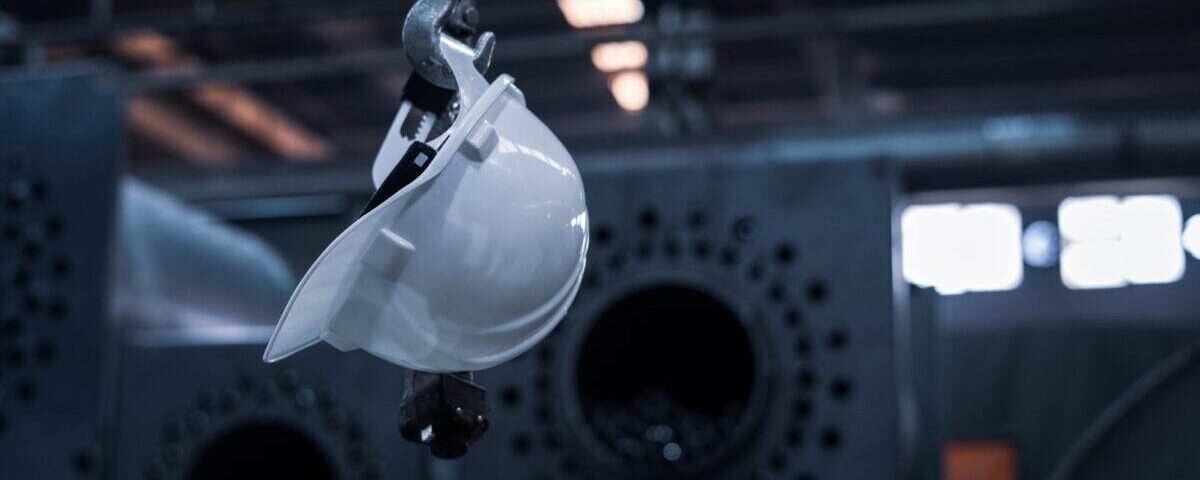
A changing of the guard means new approaches to H & S
Global health and safety expert David Provan examines the generational change facing the construction industry and the emerging risks posed to business operations and health and safety.
06 of April of 2022
The construction industry has been relying for a long time on people who have been doing their jobs day in, day out, year in, year out, for 20 to 30 years.
And now quite suddenly in this nearly new decade, so many of those tried, trusted and hugely experienced employees are reaching retirement age and it seems the workforce may lose a lot of them. The project managers, the foremen, the supervisors, the crane operators: many of them look set for the exit over the next few years.
Shifts across the industry
As we witness this big loss, several simultaneous seismic shifts are happening across the industry.
The way we work today is unrecognisable, even from a few years ago. We have moved from mechanical to digital systems, while complex new business models and globalisation seem to be driving us towards ever higher profits and doing more with less
We are also seeing a massive growth in the demand for construction. As we bounce forward from COVID-19, governments around the world will surely be spending their way out of the pandemic-induced economic downturn by investing in infrastructure projects.
New types of workforce
The contracts keep on coming, but where will the industry find the labour? It seems likely that this will become ever more mobile. New international workforces may increasingly come from developing countries.
We will see less experienced, less skilled teams working on increasingly complex projects and supply chains, using ever-changing technology, state of the art equipment, updated work processes and structures. This, for me, is a recipe for an explosion in operational and health and safety risk.
Next three years are critical
This trend is upon us now. If I was working at a senior level in the construction industry, I would be thinking very hard about how my company was going to manage these labour market transitions in the next three years.
I can’t speak on behalf of governments, but from my experiences of the international private sector, I don’t think companies will increase their risk appetite to align with differing societal expectations around health and safety in different corners of the globe.
In the companies we work with at Forge Works we are seeing the opposite. Companies want to maintain the highest levels of safety in all parts of the world that they operate in and get better and better every year.
But I see huge challenges in realising this. We are already seeing fatality rates increase in many industries in many parts of the world. We need to expand really fast our thinking and approaches to H & S.
Project managers make or break safety
We need to think about who we have supervising these builds on the ground, who are the project managers. These have become the most critical roles in our organisations in maintaining safety standards and developing the capability of our people so that work can move at a pace that is safe.
If I was running a $3 or $4 billion construction project in the next five years, if I needed to I would be paying top project managers the same amount as company executives to ensure I get the very best leaders I could on the ground. And beneath them, the very best supervisors I could get too.
It is project management teams that make-or-break safety and all aspects of operational performance – it always has been, but it is even more true today and into the future. An experienced workforce can make up for gaps in supervision and leadership, but emerging and inexperienced workforces won’t be able to do that.
Different mindset and new strategies needed
We have seen companies across industry sectors really struggling with H & S since the outbreak of the pandemic. I don’t mean that in a derogatory way, but with the complexity and newness of business models, and the shortage of capability or experience, we haven’t all had a robust strategy to manage this well.
It is the same in construction. You can’t just pull people off the street and put them in high-risk operational roles. Our mindset has to change. We have to understand that workers won’t have the decades of experience that we are used to them having.
So what does that mean for the way we onboard and manage new employees?
Construction firms might consider costing into their projects a far larger number of on-site supervisors to provide coaching and monitoring for the first three months of a build, to know and understand the standard of the workforce and see how well H & S risks are understood and being effectively managed.
A top-quality project mobilisation workforce can really supplement the core project team. Companies are going to need to learn how to deploy these strike teams in different ways, during different phases of projects.
Encouraging that trends are changing
Evidence-based practice has not historically been given the importance it should be given within H & S. We have typically relied more on ‘we do it because we’ve always done it’ approaches, or followed the latest fads, fashions and bright shiny ideas.
Thankfully, this is also changing. Many more H & S practitioners are engaging with universities and lots of safety science research is being done. Organisations are starting to listen and change what they do as a result: this is an encouraging trend.





There are no comments yet